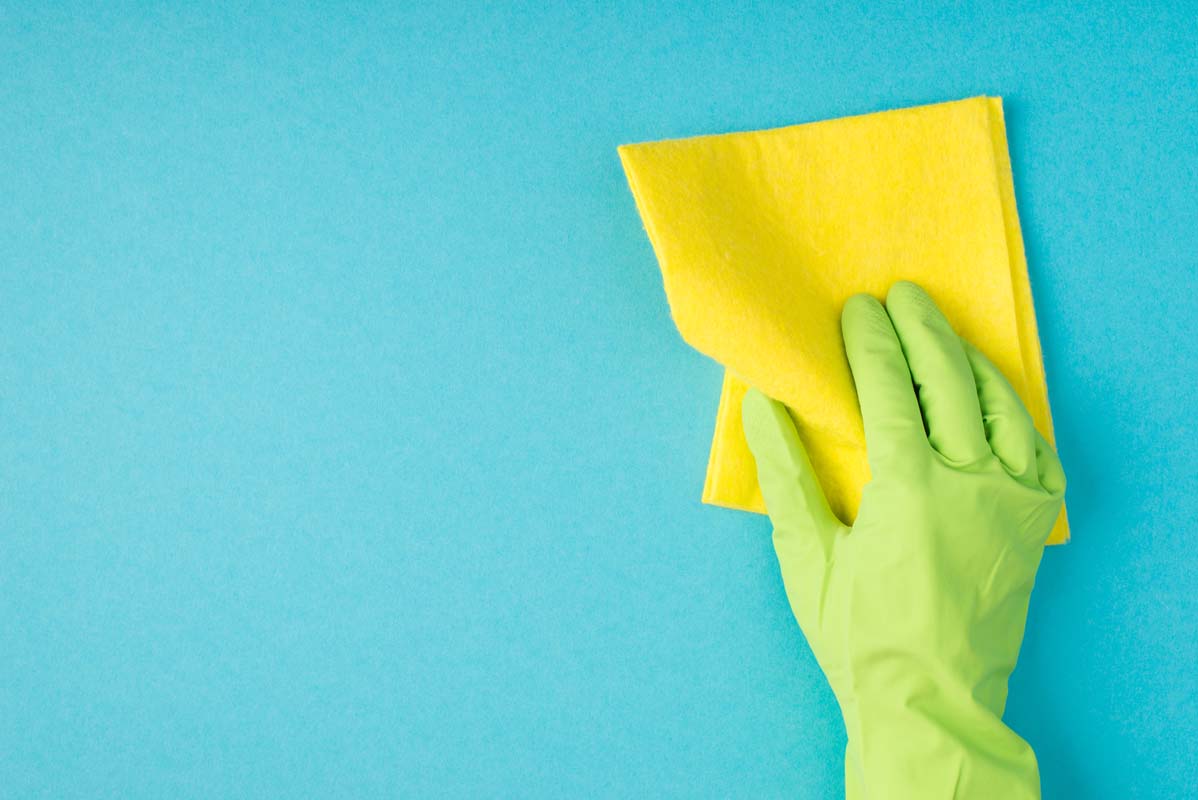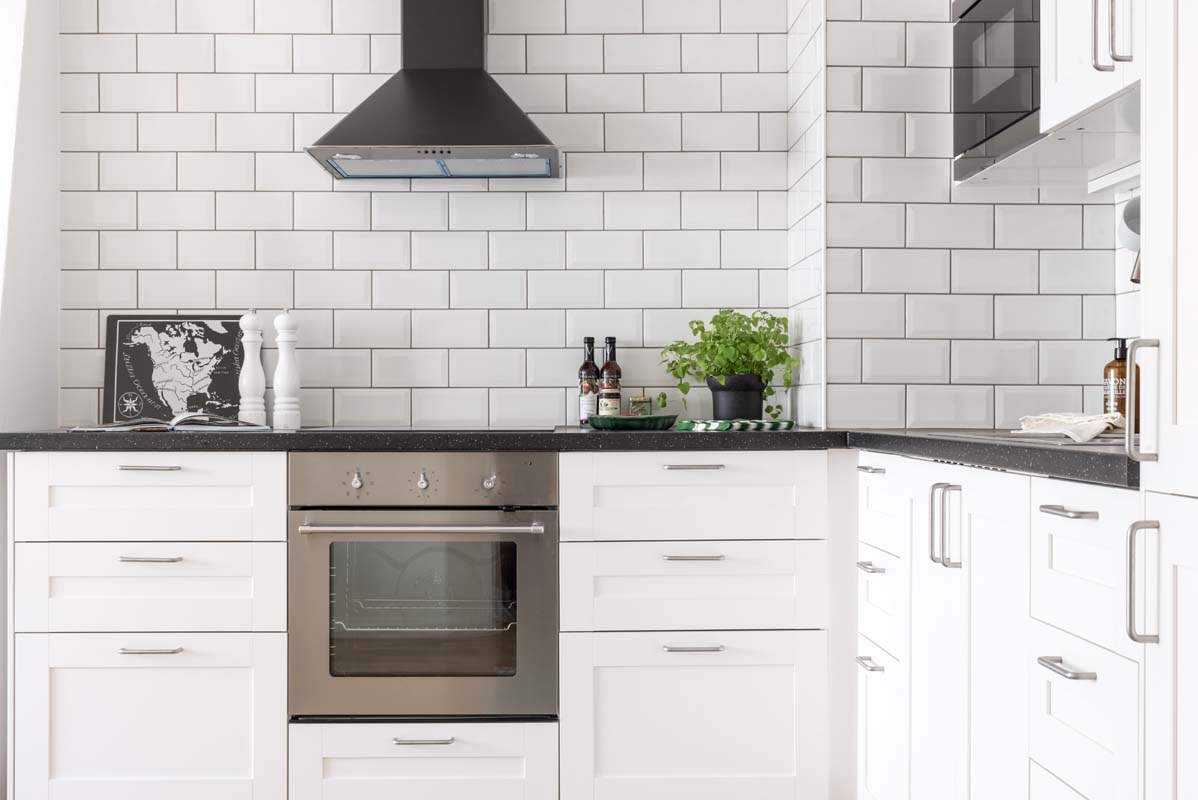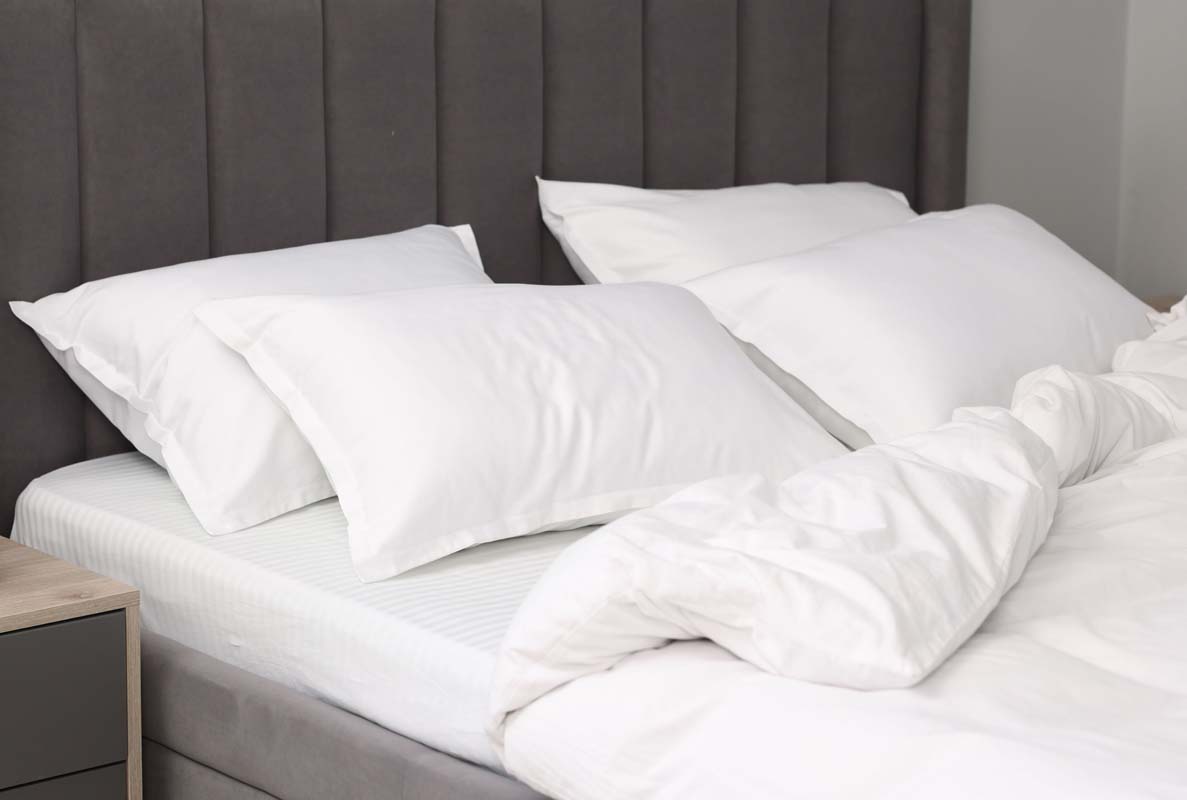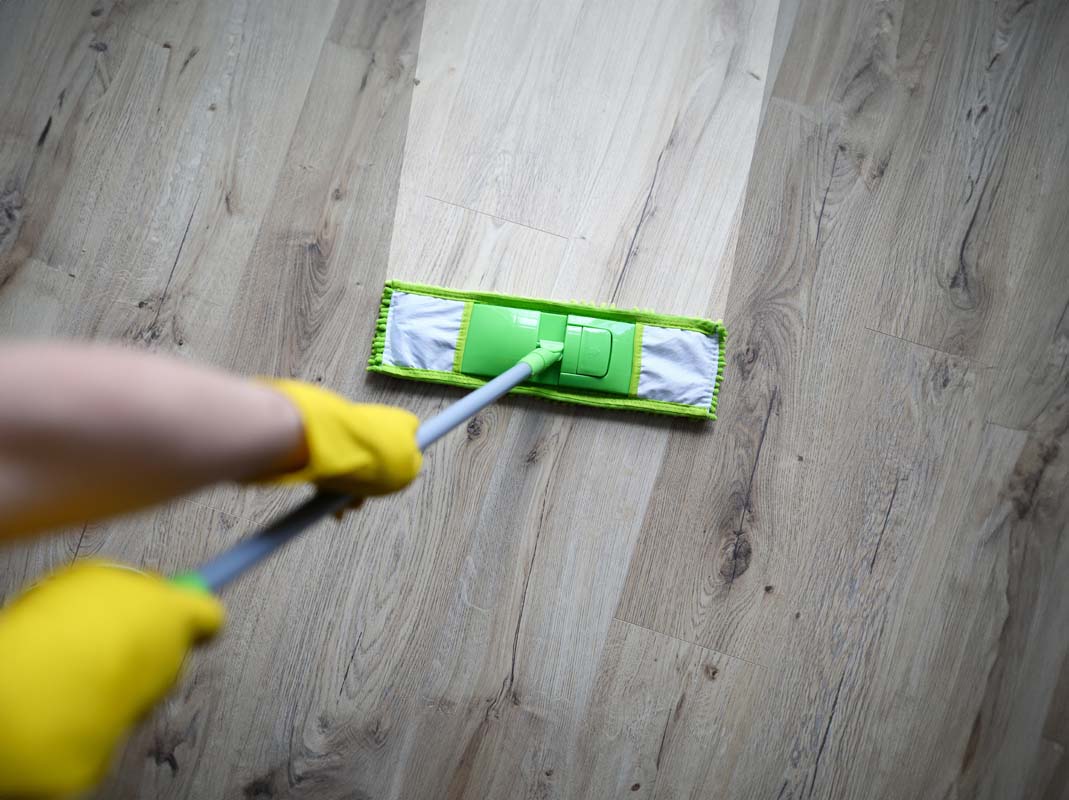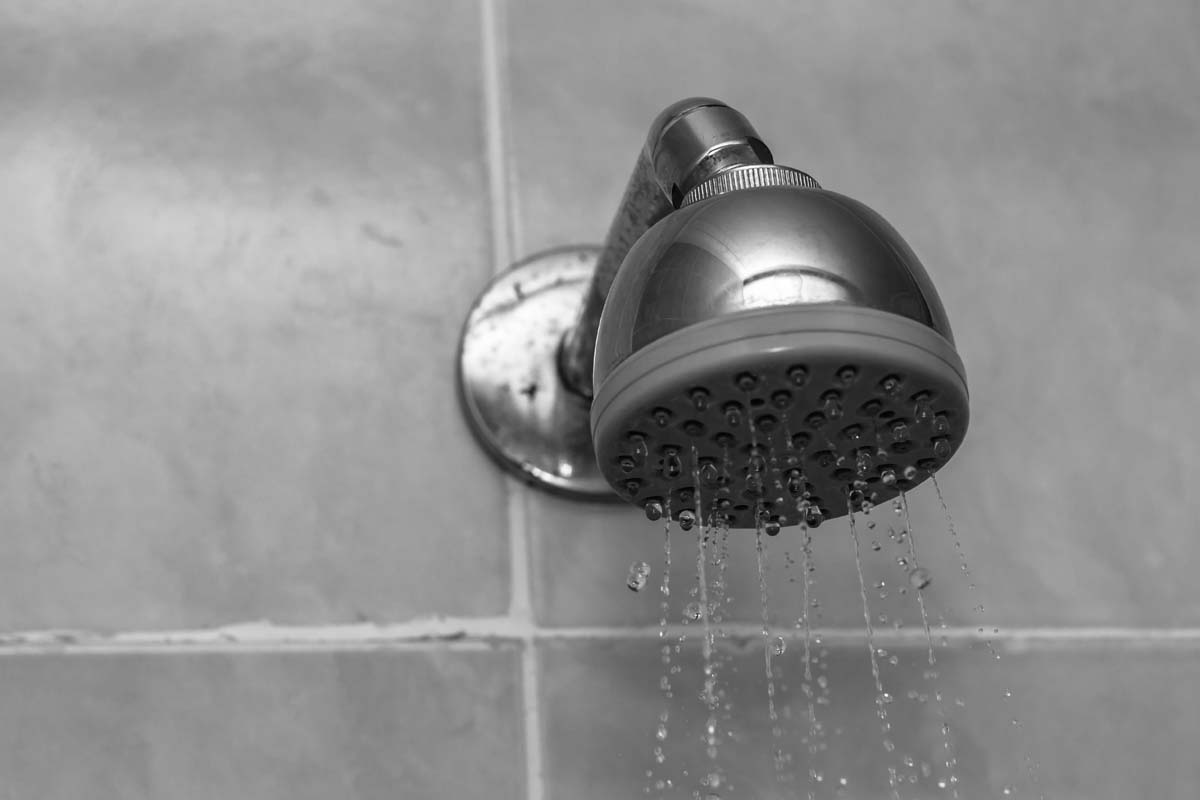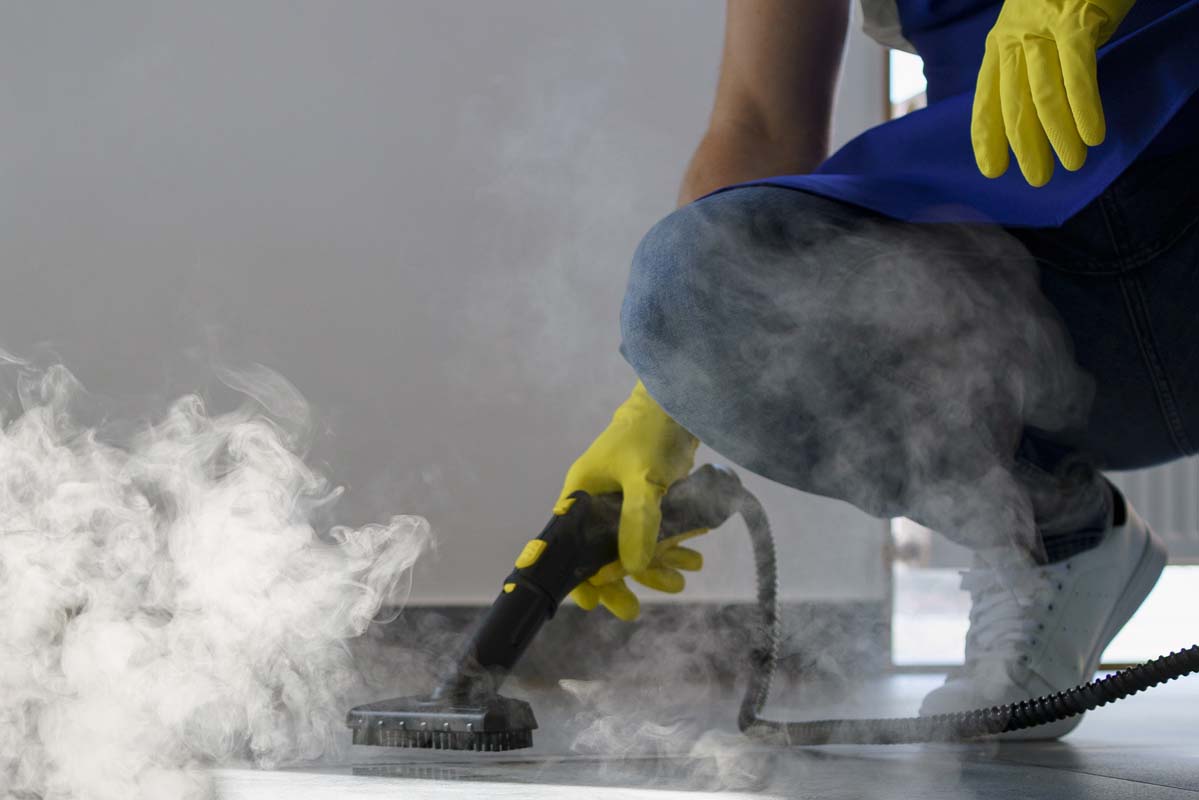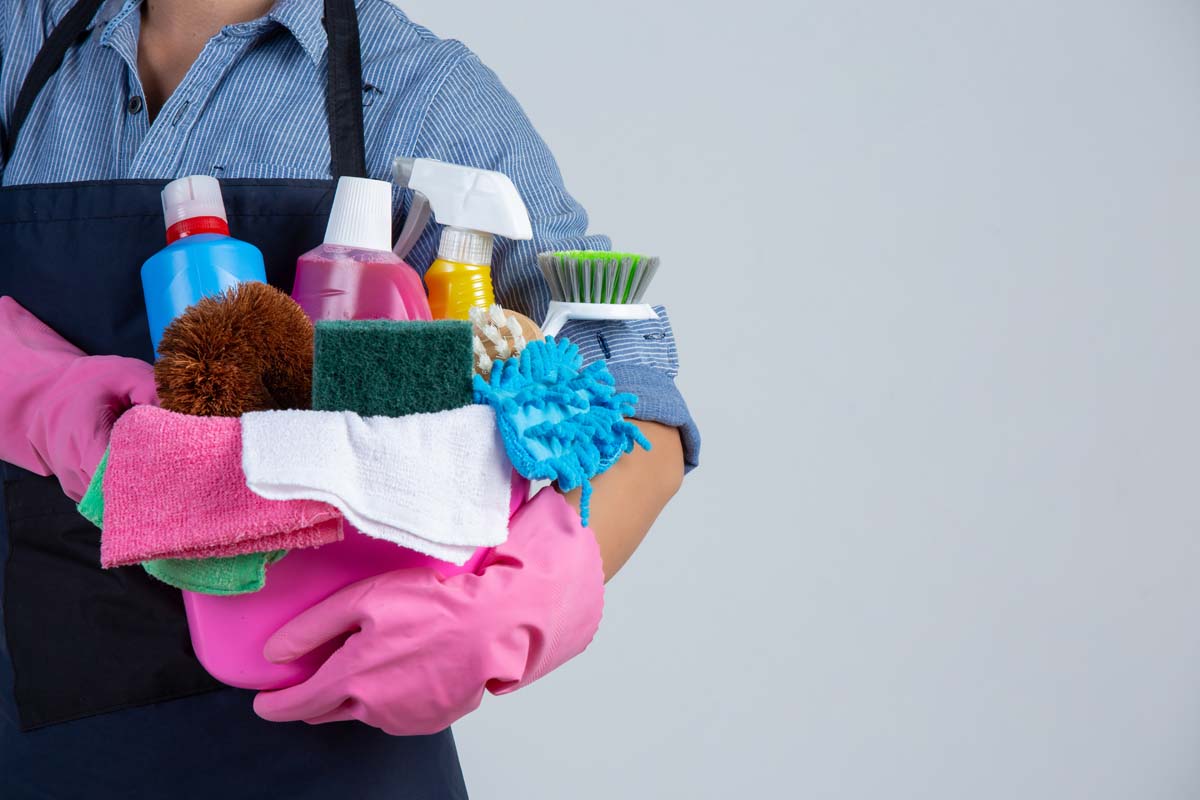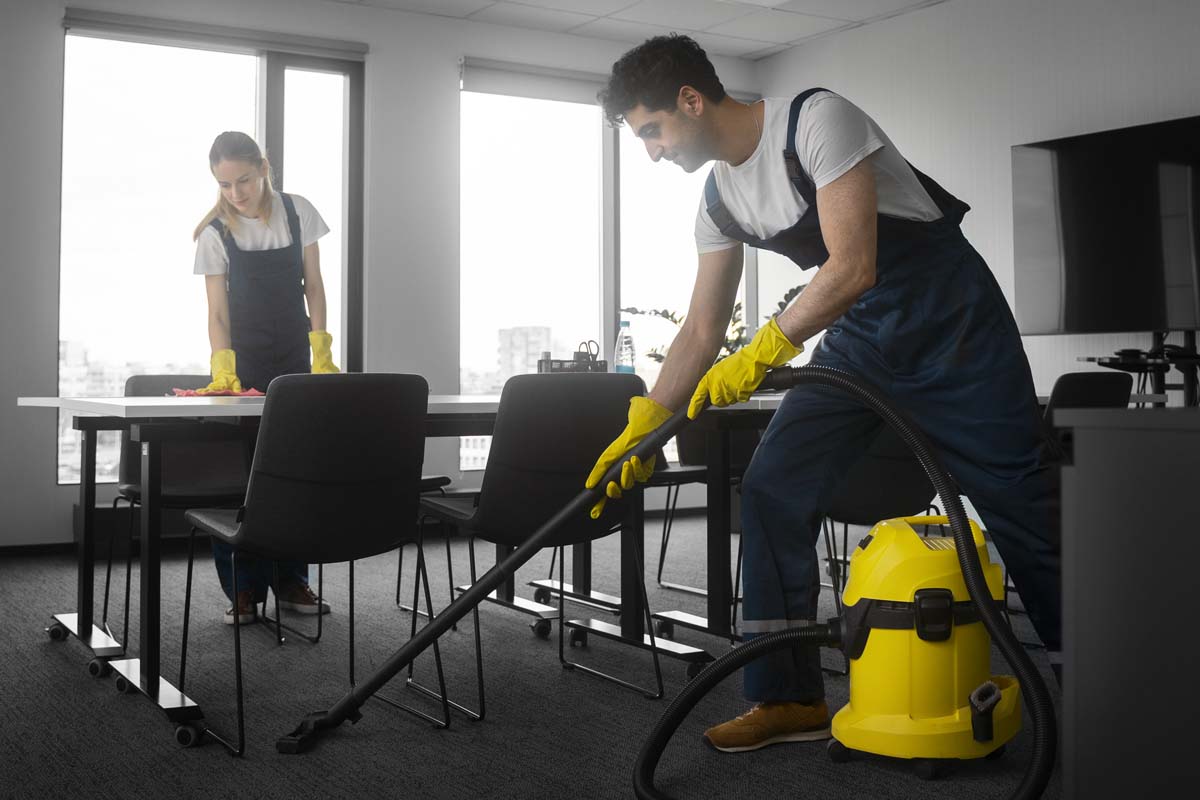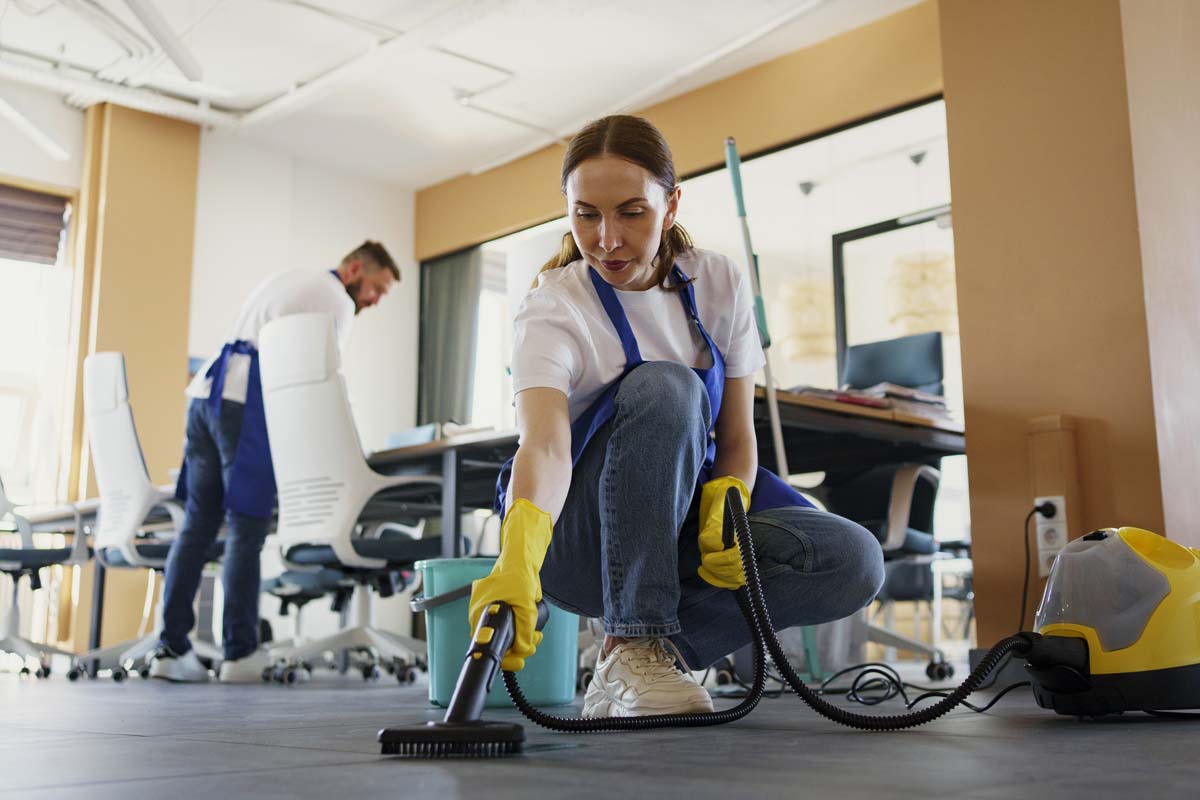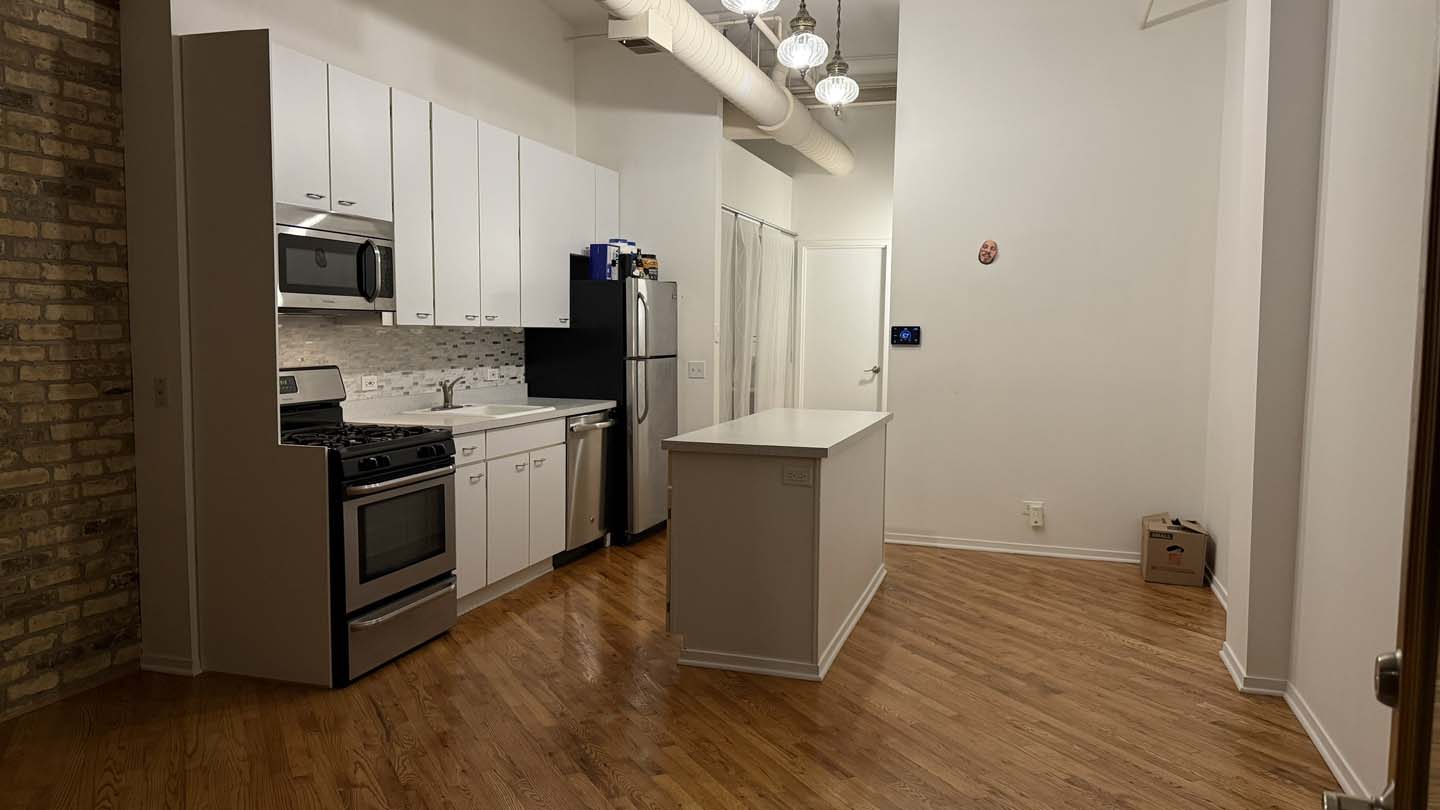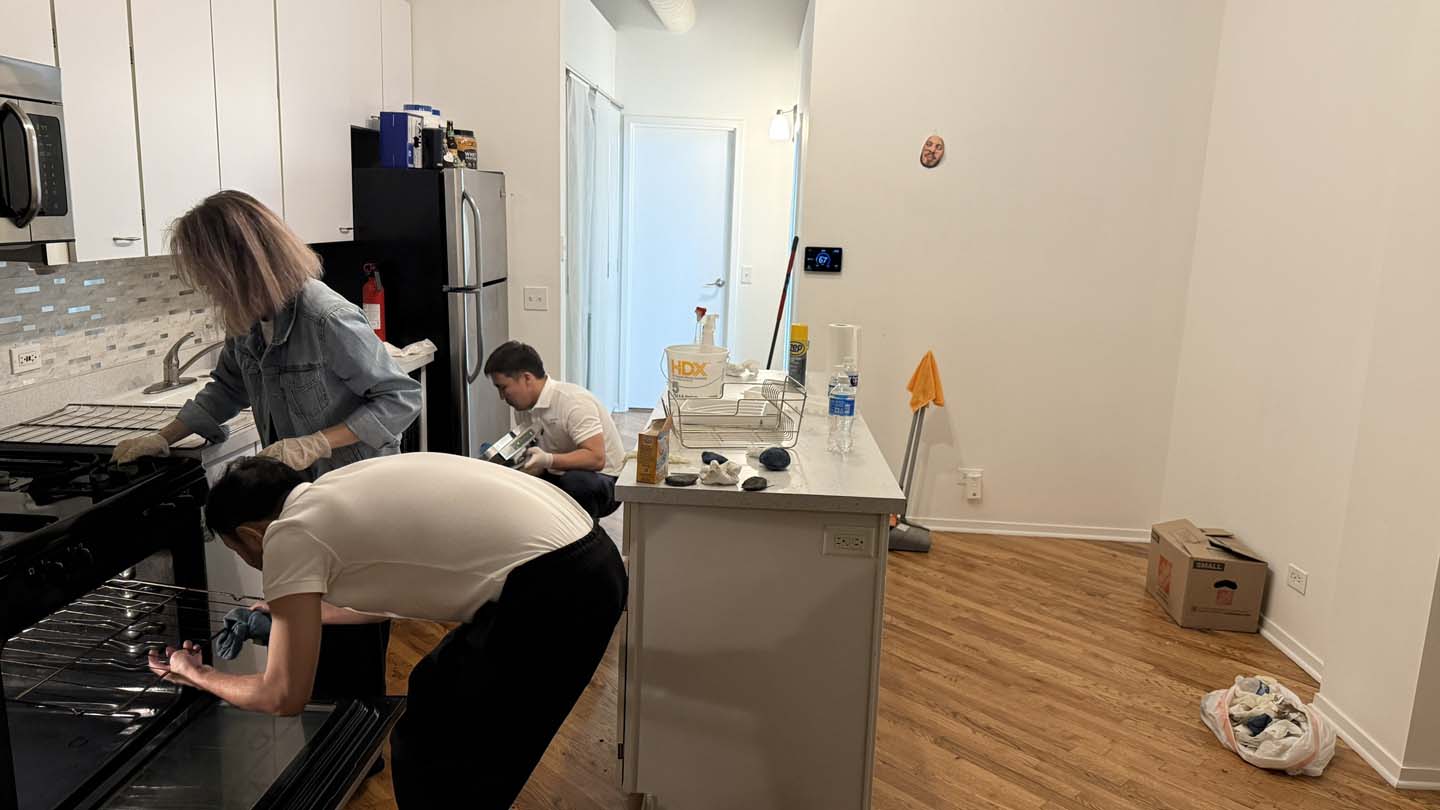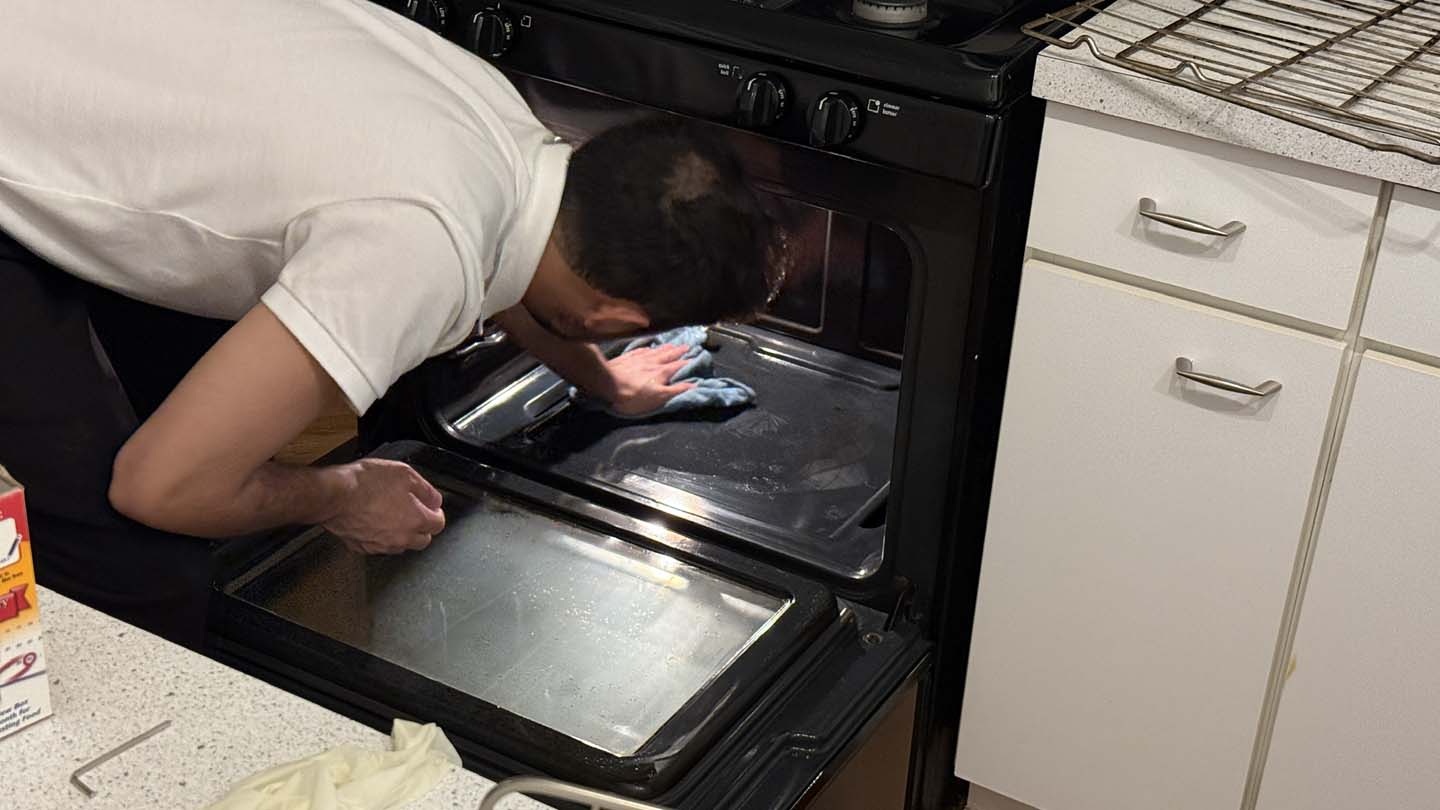We’ve all been there. You buy a beautiful new item, carefully peel off the price tag, and are left with a frustrating, sticky, and stubborn residue that just won’t seem to budge. Whether it’s from a price tag on a new glass vase, an old bumper sticker on your car, or a child’s decal on your wall, that sticky residue can be incredibly frustrating. It traps dust and dirt, leaving an unsightly mark that ruins the appearance of an otherwise perfect item.
But before you resort to harsh scrubbing or giving up entirely, know that there’s a solution for every surface. You don’t need to be a cleaning expert or buy expensive, specialized products. In fact, many of the best methods use simple household items you likely already have. This ultimate guide will teach you exactly how to remove sticker residue from any surface without causing damage.
The Best Tools for the Job
Before we dive into the methods, let's look at the simple items that will be your new best friends in the fight against sticky residue.
- Oils: Any cooking oil (like olive, coconut, or vegetable oil), baby oil, or even peanut butter can work wonders. The oil breaks down the sticky adhesive, making it easy to wipe away.
- White Vinegar: The acid in vinegar is highly effective at dissolving adhesives.
- Rubbing Alcohol: A powerful solvent that quickly cuts through sticky residue.
- Blow Dryer: Heat is a fantastic way to loosen the adhesive's grip.
- Scrapers: Credit cards, old gift cards, or a plastic spatula are great for scraping without scratching. A razor blade can be used on glass and ceramic, but with extreme caution.
- Other Common Items: Mayonnaise, pencil erasers, and even a Mr. Clean Magic Eraser can be surprisingly effective.
How to Remove Sticker Residue by Surface Type
The key to success is using the right method for the right surface. Here is a breakdown of the best techniques.
1. Glass and Ceramic
These are the easiest surfaces to clean. They are non-porous and tough, making them a great place to start.
- The Rubbing Alcohol Method: Soak a paper towel or cotton ball with rubbing alcohol and place it over the residue. Let it sit for a minute to allow the alcohol to break down the adhesive. Then, use the cotton ball to scrub the residue away in a circular motion.
- The Razor Blade Method: For very stubborn residue, a razor blade or a flat scraper can be used on glass. Hold the blade at a 45-degree angle and gently scrape away the residue. Be extremely careful and go slowly to avoid scratches or injury.
2. Plastic and Metal
These surfaces are also non-porous but require a bit more caution to avoid scratching or discoloration.
- The Oil Method: This is the safest and often most effective method for plastic. Apply a small amount of cooking oil to the residue. Let it sit for about 10-15 minutes. The oil will work to dissolve the sticky residue. Once it has softened, wipe it away with a paper towel. For more stubborn messes, you can use a plastic scraper to gently scrape it off after it has softened.
- The Vinegar Method: Soak a cloth with white vinegar and press it onto the residue for a few minutes. The acid will work to loosen the adhesive. Then, scrub the residue away with a cloth. This method is also great for removing sticky residue from metal.
3. Wood (Finished and Unfinished)
This is a delicate surface that requires a gentle touch. Using the wrong product can damage the finish.
- For Finished Wood: Use an oil-based product. The oil will dissolve the adhesive without harming the finish. Apply a small amount of olive oil or even peanut butter to the area. Let it sit for several minutes, then gently buff the area with a soft cloth. Do not use rubbing alcohol or vinegar, as they can strip the finish.
- For Unfinished Wood: This can be tricky. A commercial product like Goo Gone or even a light sanding with fine-grit sandpaper may be your best bet, but always test in an inconspicuous area first.
4. Clothing and Fabric
Sticker residue on clothes can seem permanent, but it is actually quite easy to remove.
- The Oil and Wash Method: Apply a small amount of cooking oil to the residue. The oil will break down the adhesive. Let it sit for a few minutes. Then, apply a small amount of liquid laundry detergent to the oily spot to help lift the oil during the wash cycle. Wash the item in warm water and check if the residue is gone before putting it in the dryer. If not, repeat the process.
The Blow Dryer Trick: A Universal Method
Before trying any liquid solutions, consider using a blow dryer. This method works on a wide variety of surfaces. The heat from the blow dryer warms the adhesive, softening it and making it easy to peel away.
- How to Use: Hold a blow dryer on high heat and direct it at the sticker for about 30 seconds to a minute. Once the adhesive is warm and gooey, you should be able to peel the sticker off cleanly. For any remaining residue, a plastic scraper can be used to gently remove it.
The Golden Rule: Always Test First!
No matter what method you choose, always test it on a small, inconspicuous area of the surface first. This is crucial to ensure that the method won’t damage, stain, or discolor the material.
By following these simple tips, you will be well-equipped to tackle even the most stubborn sticky messes and get rid of sticker adhesive once and for all.


